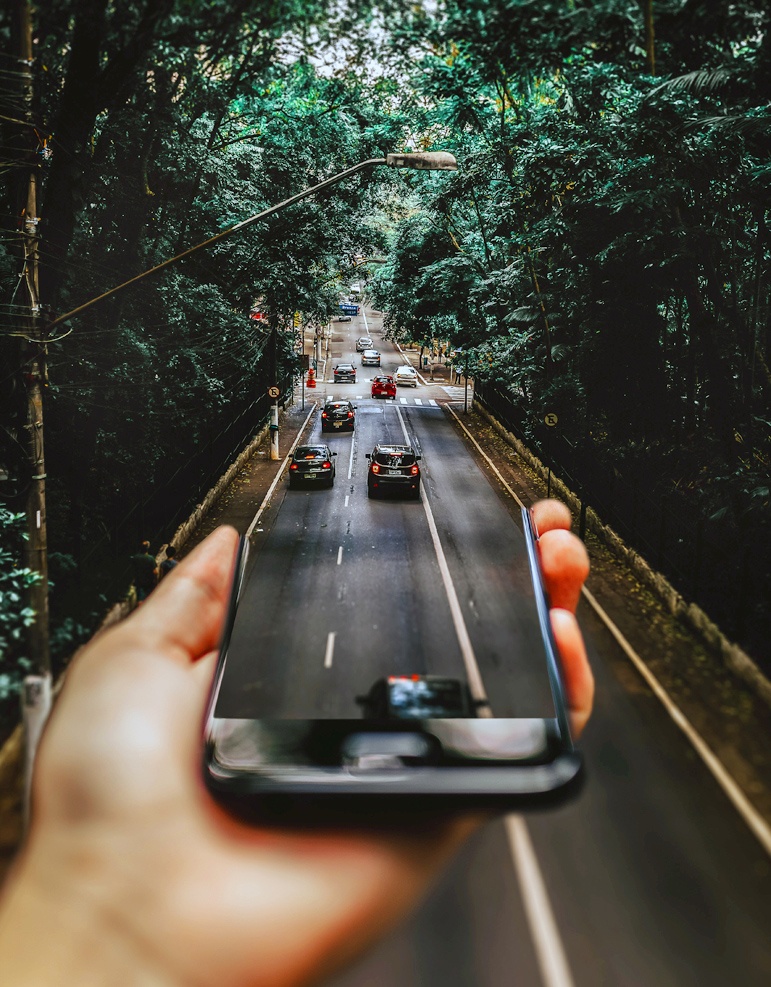The Distracted Driving Law
- Prohibits most uses of a mobile phone while driving – unless it is used with a “hands-free accessory” which allows use of the phone while keeping “both hands on the wheel”.
- Doesn’t allow holding your mobile phone in your hand while driving.
- Prohibits drivers 17 years of age or younger from ever using a mobile phone while driving – unless calling an ambulance or emergency vehicle.
“Driving” is defined being on the road, and includes instances in which you are stopped at a sign, signal, light or for traffic. It does however not include stopping off the side of the road or in a parking space.
Exceptions
As with most laws, there are always exceptions to the rule. The Oregon distracted driving law is in line by allowing the following behaviours:
- The law does not prohibit using your mobile phone with a “hands-free accessory”. This allows the use of the phone while keeping “both hands on the wheel”. You can touch your phone to activate it or an app on the phone. Oregonlive.com reports that ODOT says this interaction should be limited to one touch or swipe. Hands-free accessories include attachments to the phone such as headsets, or the use of blue tooth as built-in feature in your car to connect to your phone.
- The law does not prohibit calling an ambulance or other emergency help (such as police) if there is no one else in the vehicle to do so.
Oregon Cell Phone Law Fines
- First Offense: maximum fine of $1,000 – but you can take a class and may get the fine waived.
- Second Offense: maximum fine of $2,000
- Third Offense in 10 years: maximum fine of $2,500 and the potential of 6 months in jail
See an accounting of all associated fines at the ODOT site.

